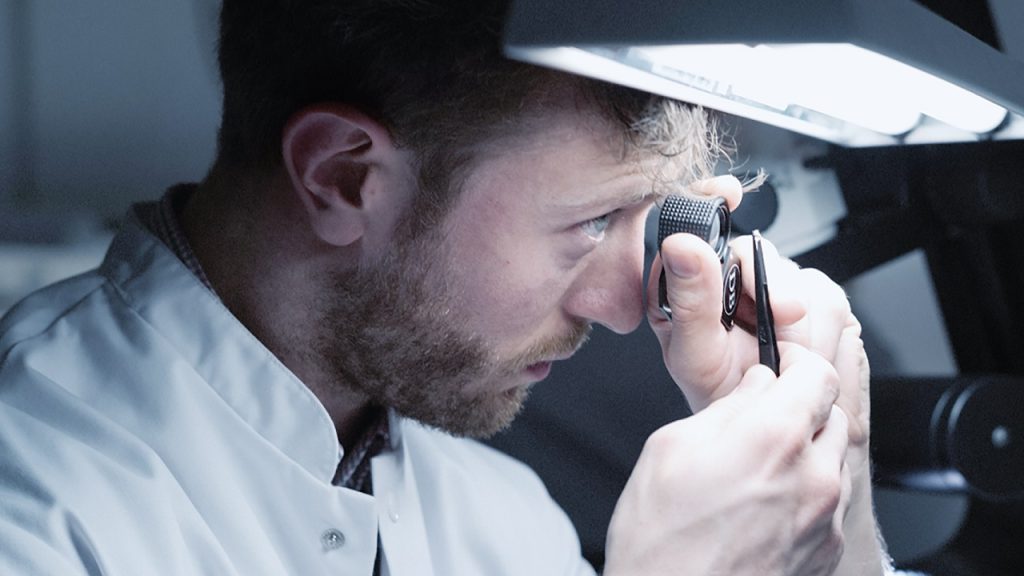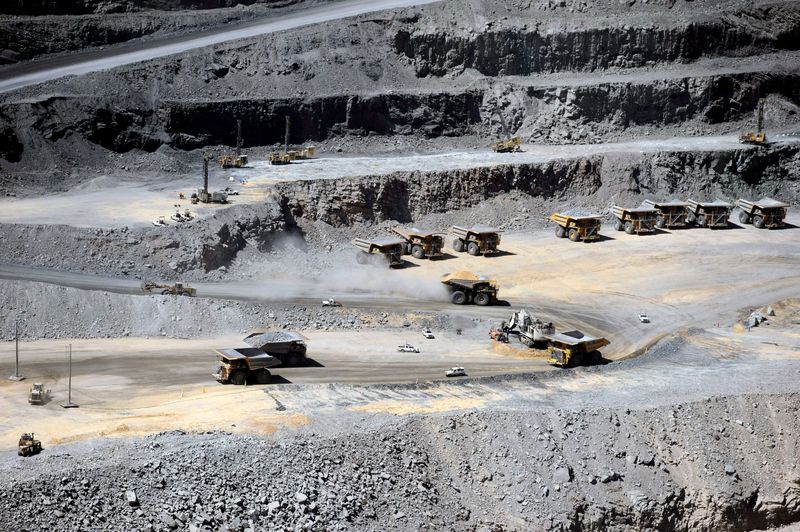
Confidence is the “fifth C” of the diamond sector and its role has rapidly gained increased importance at every touchpoint of a diamond’s journey. Customers, suppliers, financiers and end consumers all have a rightfully heightened demand of assurance when it comes to diamonds. With more than 130 years of experience as a leader in the industry, De Beers Group is dedicated to building and solidifying confidence within every touchpoint our diamonds reach. Designed to combine expertise with innovative technology in grading, De Beers Institute of Diamonds provides our industry with the very best in diamond verification with a range of products and services that provide confidence in product integrity, product knowledge and product assessment.
At the De Beers Institute of Diamonds, our grading is guided by three key principles:
Accuracy – Our laboratories use market leading instruments and proprietary technology to support our grading, providing the most accurate and consistent diamond appraisals.
Integrity – In using a ‘black box’ system – where diamonds are distributed in anonymous boxes so that each diamond is appraised fairly according only to its features – ensures the integrity of all our processes.
Consistency – Our team is built around some of the world’s most experienced graders, who undergo rigorous training, carrying the knowledge and expertise to evaluate every diamond accurately and consistently, wherever it was mined.
Every diamond we grade as part of our services is natural, untreated and from a recognized diamond producer.
We believe there is more to a diamond than its weight and appearance. We work only with natural diamonds, disclosed to us as compliant with the United Nations mandated World Diamond Council Kimberley Process – a foundational commitment to the modern diamond industry. Additionally, an assessment from De Beers Institute of Diamonds provides diamantaires with confidence in a report of each diamond’s 4Cs of carat, color, clarity and cut. Every diamond graded at De Beers Institute of Diamonds is given a unique inscription number, allowing the diamond details to be tracked and viewed on our website, for added peace of mind.
Every diamond we handle has benefited from our unrivalled range of accumulated expertise and exclusive proprietary technology – the most advanced diamond services and verification instruments in the trade.
Hardwiring our expertise into technology underpins our ability to give customers accurate, reliable and repeatable outcomes within our diamond grading services. Our technology leadership ensures our customers can have 100% trust in both the integrity and assessments of their diamonds, helping them in turn offer this priceless commodity to their own supply chain partners. This confidence is passed to the end consumer, providing both promise and security that their diamond has been on a journey filled with our guiding principles of transparency, accuracy and consistency.
Without the ability in instill confidence within the industry and directly the consumer, a diamond holds very little value. Empowering the industry with our expertise channeled into technology and grading allows De Beers to deliver the most reputable product on the market. Diamonds are so much more than just their unique beauty and De Beers Institute of Diamonds ensures their story remains as intact as their sparkle.
Source: institute.debeers.com









